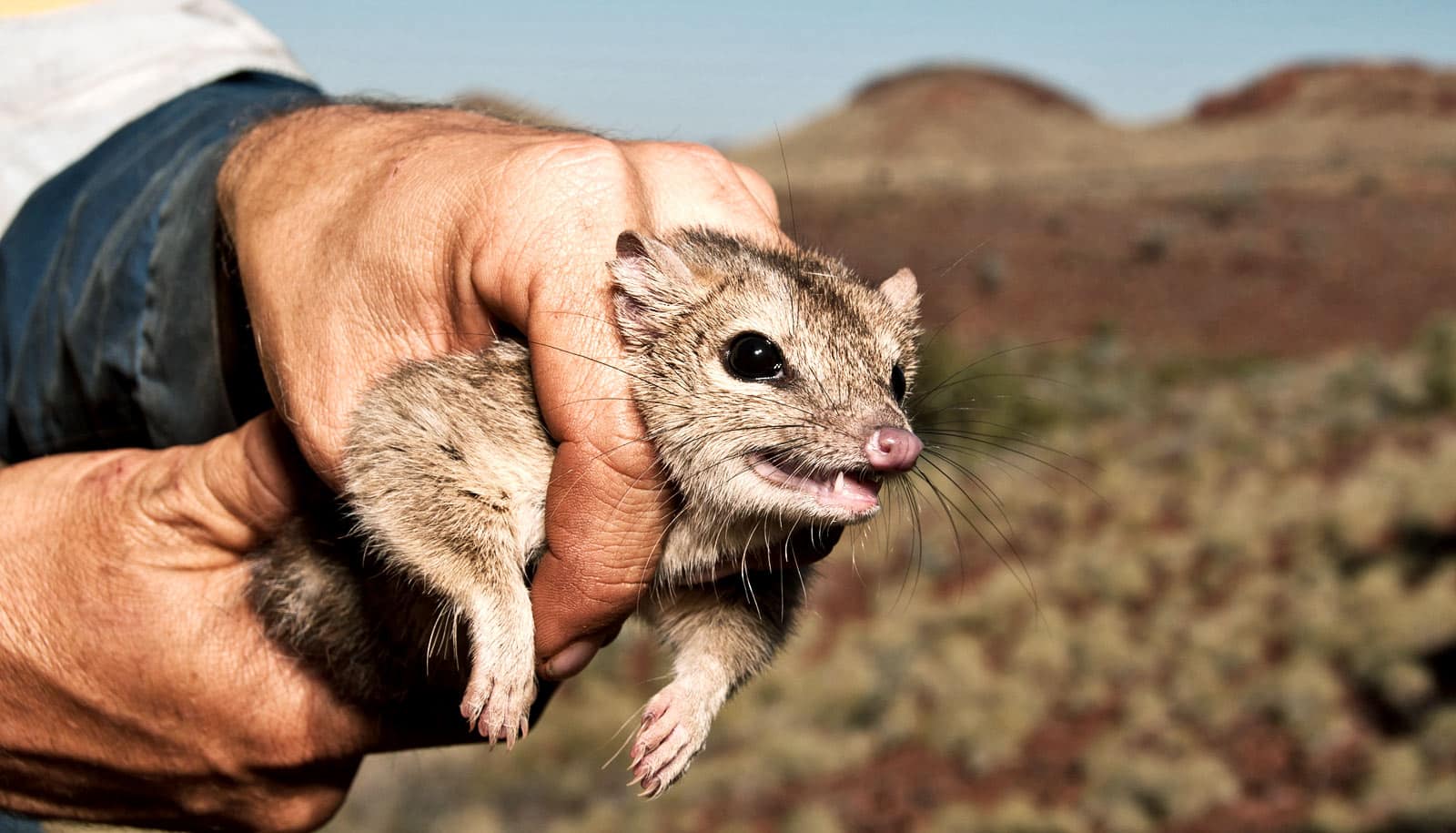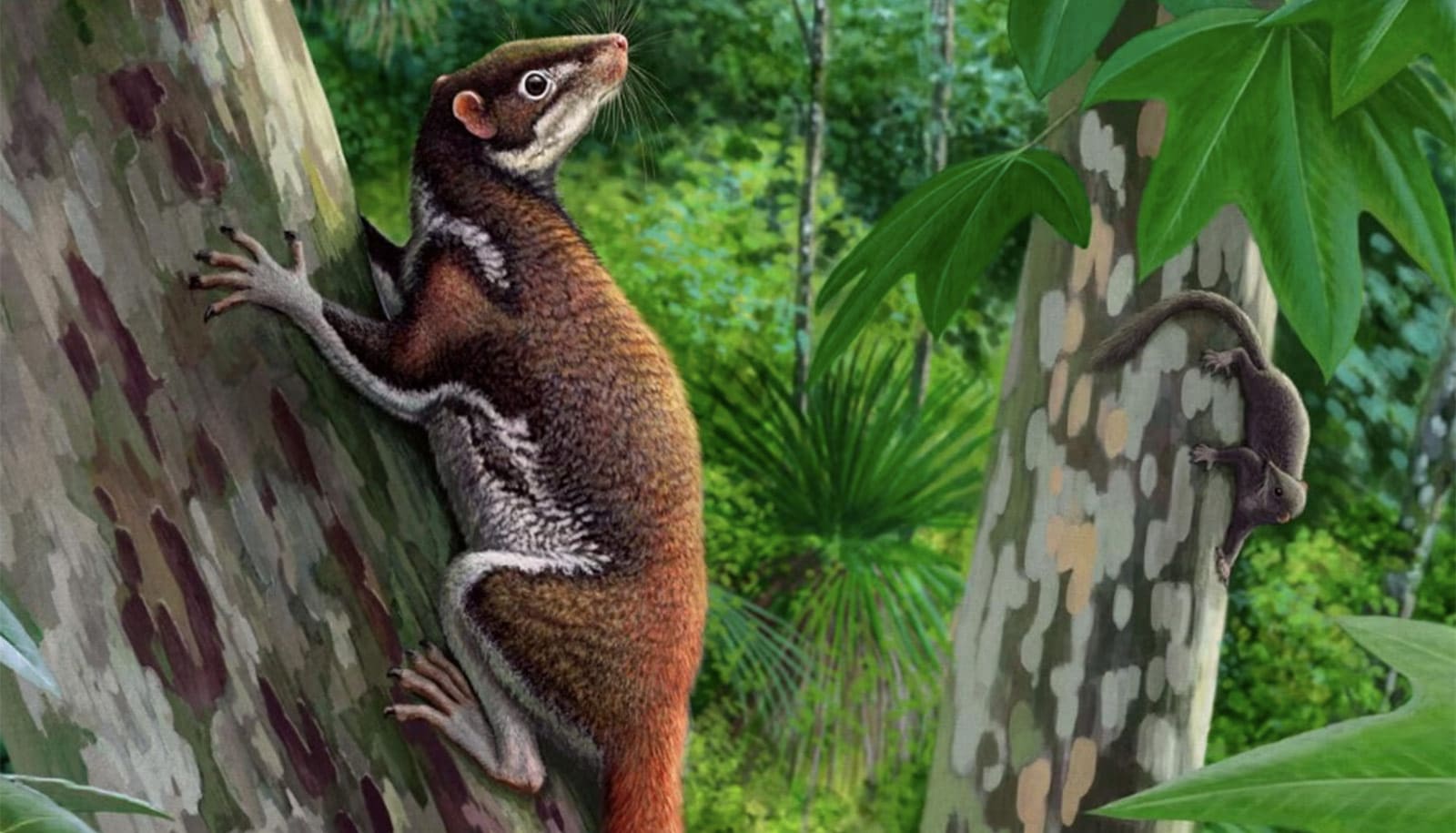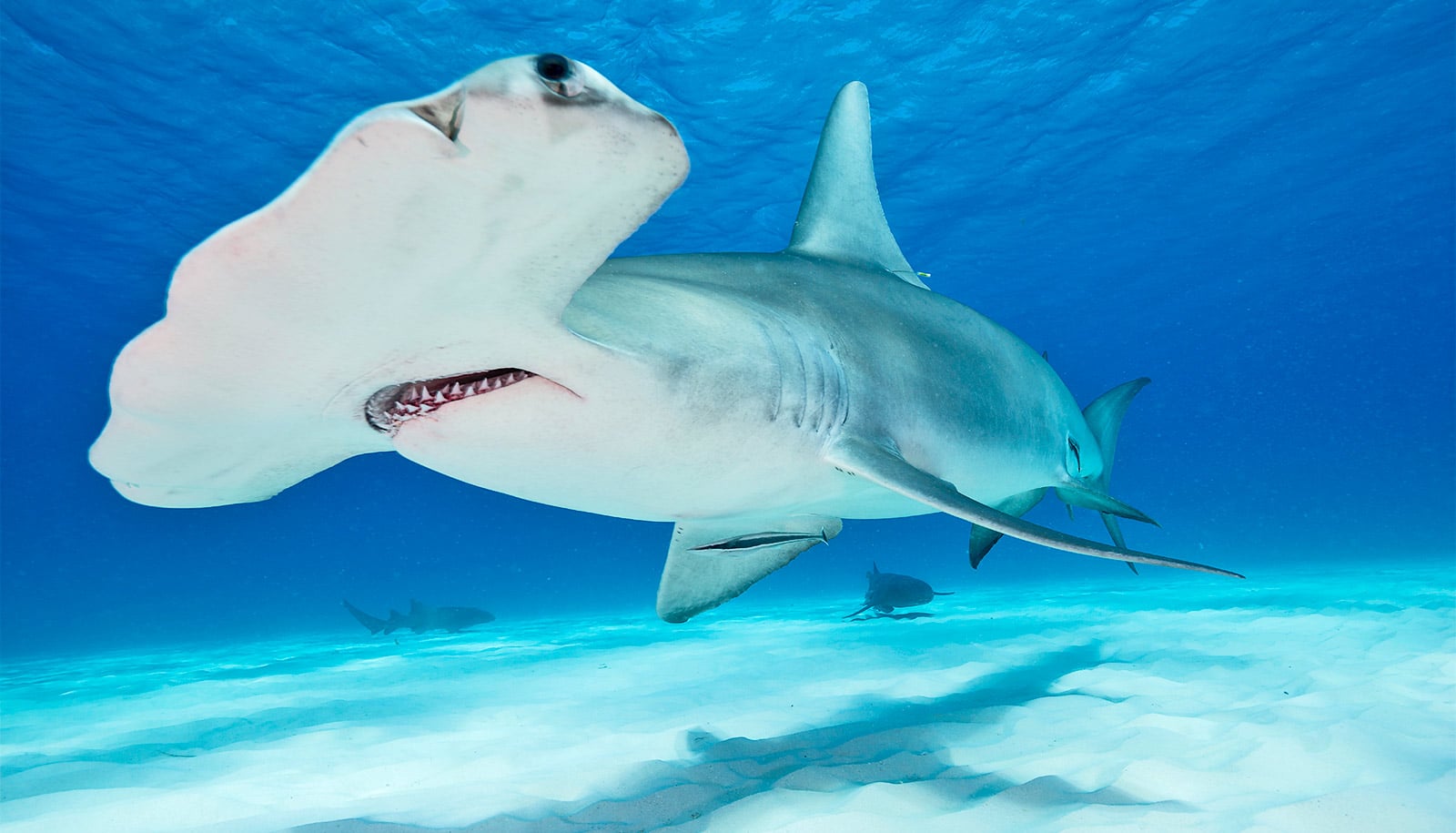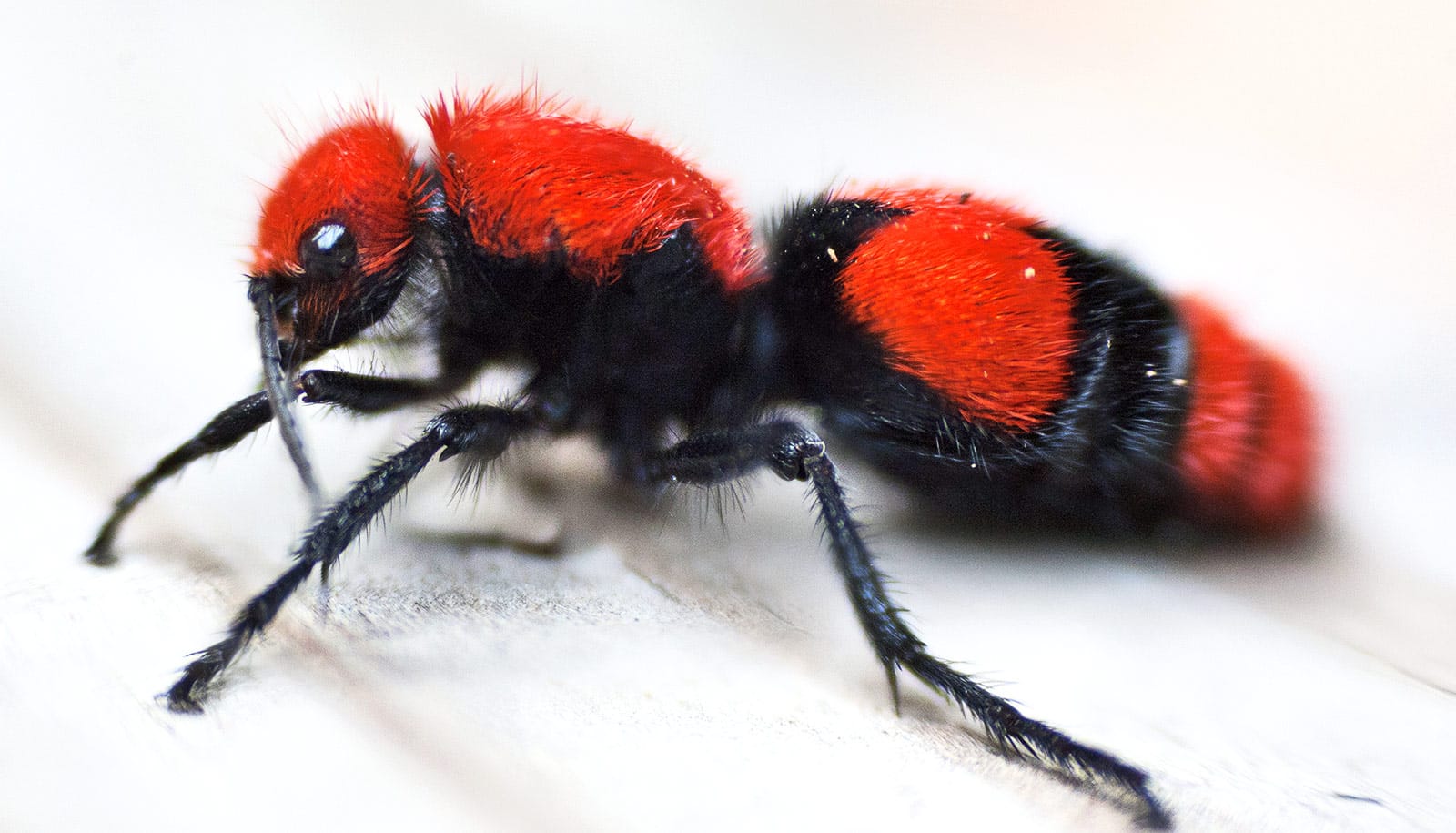Speeding up natural selection in order to save small carnivorous marsupials called northern quolls could have big implications for saving endangered species around the world.
Researchers have released a population of northern quolls on Indian Island in Australia’s remote Northern Territory to see if their offspring can survive living alongside toxic cane toads. A cane toad looks an appetizing meal to a quoll, but just nibbling at one is enough to kill the marsupial, and whole populations are dying out across northern Australia as the cane toads continue to spread. But some quolls in Queensland that have lived alongside the toads for over 80 years have evolved somehow to recognize not to eat them, according to a paper in Behavioral Ecology.
What the scientists want to know is whether there are “toad-smart” genes that can be passed on through breeding to allow toad-naïve populations to adapt before they die out.
It is called targeted gene flow, and if the University of Melbourne biologists can prove it works, then it could potential work for other threatened species, like the Tasmanian Devil that is battling a lethal transmissible facial cancer, or even climate-threatened Great Barrier reef corals.
“It is one of the first projects to look at the idea of actually using targeted gene flow for conservation purposes by moving adapted individuals into areas where populations are at risk of threats like new diseases, invasive species or climate change,” says PhD candidate and project co-leader Ella Kelly.
“If it works, then in the right circumstances, it could become a new tool for saving threatened species.”
Northern quoll populations in Queensland have plummeted more than 95 percent since 1935 when people first introduced cane toads in a misguided attempt to protect the state’s sugar cane fields from a beetle. The toads have since spread into the Northern Territory where they have largely wiped out local populations of the now endangered northern quoll. And the toads are continuing their advance—moving through the rugged Kimberley region and threatening Western Australia.
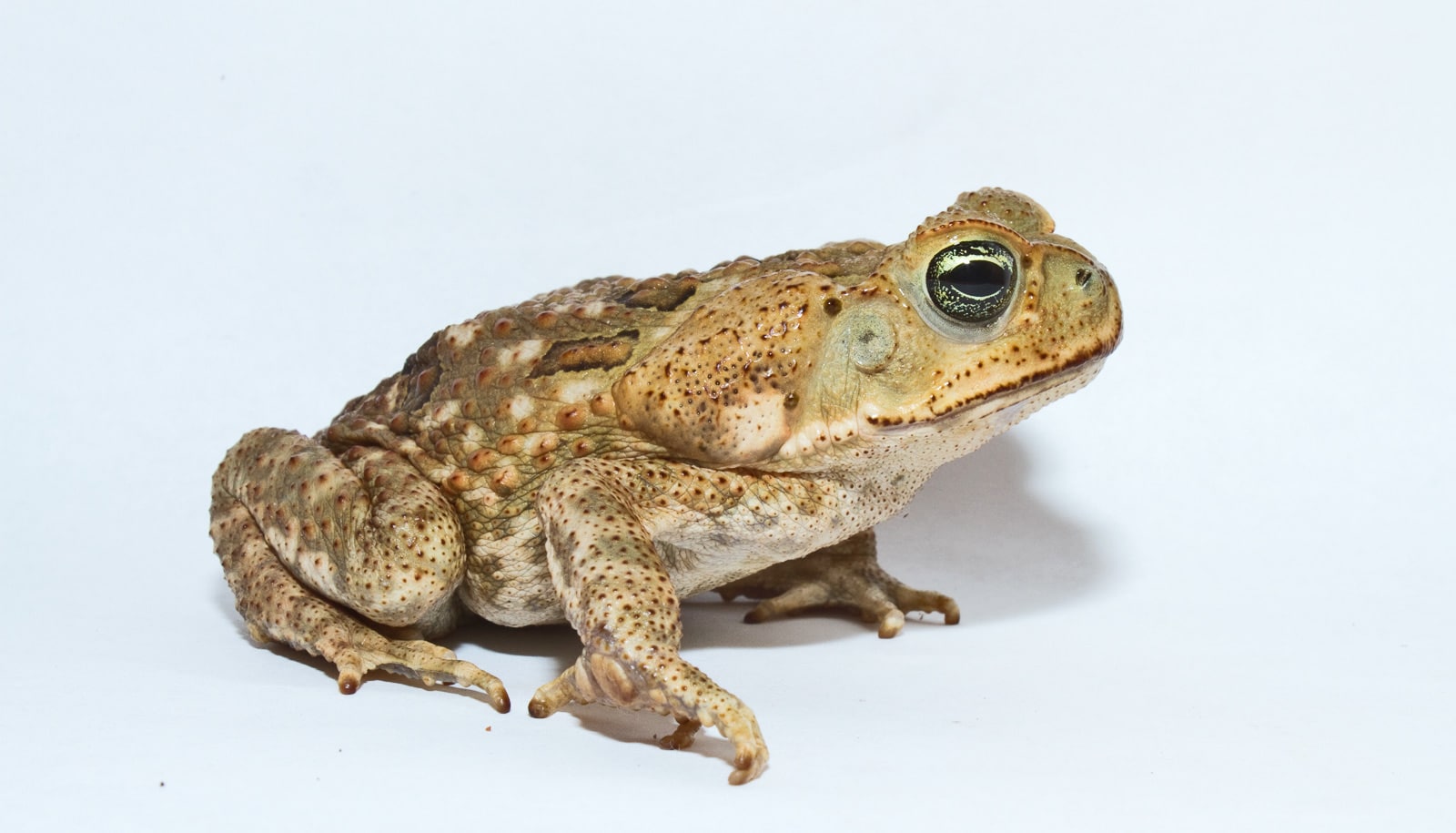
“The toads are moving through the Kimberley like a bulldozer, which is why this work is so urgent,” says senior research leader Ben Phillips, associate professor at the University of Melbourne’s School of BioSciences.
“If we can get ahead of the cane toads and through breeding accelerate adaption among Western Australian quolls, then hopefully enough will have the “toad-smart” gene or genes to sustain populations. We don’t know the genetic mechanism of how this works, but we can still make use of it through breeding, and from a conservation point of view there are potentially big pay offs.
“If an inheritable gene can make a species more resilient to a specific threat, it can solve the problem completely and permanently rather than requiring constant mitigation to preserve it,” says Phillips.
“Further down the track, we may be able to isolate the genes involved in an adaption, giving us a future genetic tool as well.”
‘Toad-smarts’
The researchers have long suspected that “toad-smarts” must be a genetic adaption rather than a learned response because the toxin is so potent that quolls don’t get a second chance. The secreted toxin doesn’t even need to be ingested to kill—it gets into the blood stream just by contact with the mouth lining.
“It is very rare for a quoll to receive a sub-lethal dose, which is why it is so devastating. It also suggests that those Queensland quolls that don’t eat cane toads haven’t learned not to eat them, but have adapted genetically,” says Christopher Jolly, another Melbourne University PhD student working in the project.
Kelly’s soon-to-be-published study, in which she bred different populations of quolls in captivity and tested whether the 107 offspring would eat a non-lethal leg of cane toad backs the likelihood that “toad-smarts” is a genetic and heritable trait, rather than a learned behavior.
She found that only about a third of the quolls descending from Queensland quolls ate the leg, while 60 percent of the Northern Territory descendants tucked in to what ordinarily would have been their last meal.
They also found that hybrid quolls with parents from both Queensland and the Northern Territory were just as reluctant to eat the toads as the purebred Queenslanders, encouraging hopes for breeding “toad-smarts” into new populations.
Natural selection can be speedy
Phillips says that natural selection is often thought to be a slow, gradual process, but can actually happen quite fast, especially in short-lived animals with fast breeding cycles—like quolls. Males only live about 12 months while females can live from two-to-three years and breed annually.
“It is now a matter of biting our nails while we wait…to see if the population can grow and thrive with the cane toads.”
In a carefully planned and monitored trial, the researchers released 54 quolls onto Indian Island in May last year. Situated in Bynoe Harbour, the island is only about 40 km from Darwin, but is logistically isolated. Much of the area is covered in mangroves and accessible only by small boat. The project would have been all but impossible without the help of the local Kenbi Traditional Owners and Indigenous contractors the Kenbi Rangers, who have provided the logistical support for the project.
“We’ve been involved from the start, from helping to assess the species on the islands before the release, to the release of the quolls, and tracking,” says Kenbi ranger co-ordinator Steve Brown. “It’s been a major undertaking setting up camp and getting the gear in and out.”
Quolls on the loose
With the help of the Kenbi Rangers, the researchers released a mixture of purebred adult Northern Territory quolls and hybrids crossbred with “toad-smart” Queensland quolls. The researchers took DNA from every quoll so that the researchers can trace the parentage of subsequent generations. So that the quolls would have a chance to survive and breed on the island, they “taught” all of them to avoid the cane toads they would be living with. As reported in Austral Ecology, they did this by exposing them to non-lethal toad meat that had been coated with a sickening taste to put off the quolls.
‘Genetic rescue’ brings cute marsupials back from the brink
So far results have been mixed.
When the researchers went back this year they found that the quoll population had declined substantially, though they can’t know for sure whether the population had declined because of the toads or some environmental cause. But encouragingly, they did find numbers of young quolls surviving alongside the toads in a sign that some “toad-smart” gene inheritance was occurring.
“This is one of the hazards of having your laboratory out in nature,” says Kelly. “It is disappointing that when we went back we didn’t catch as many quolls as we thought we might, but it is really exciting that there are young quolls on the island living with cane toads.
“It is now a matter of biting our nails while we wait another year to see if the population can grow and thrive with the cane toads.”
Source: University of Melbourne
